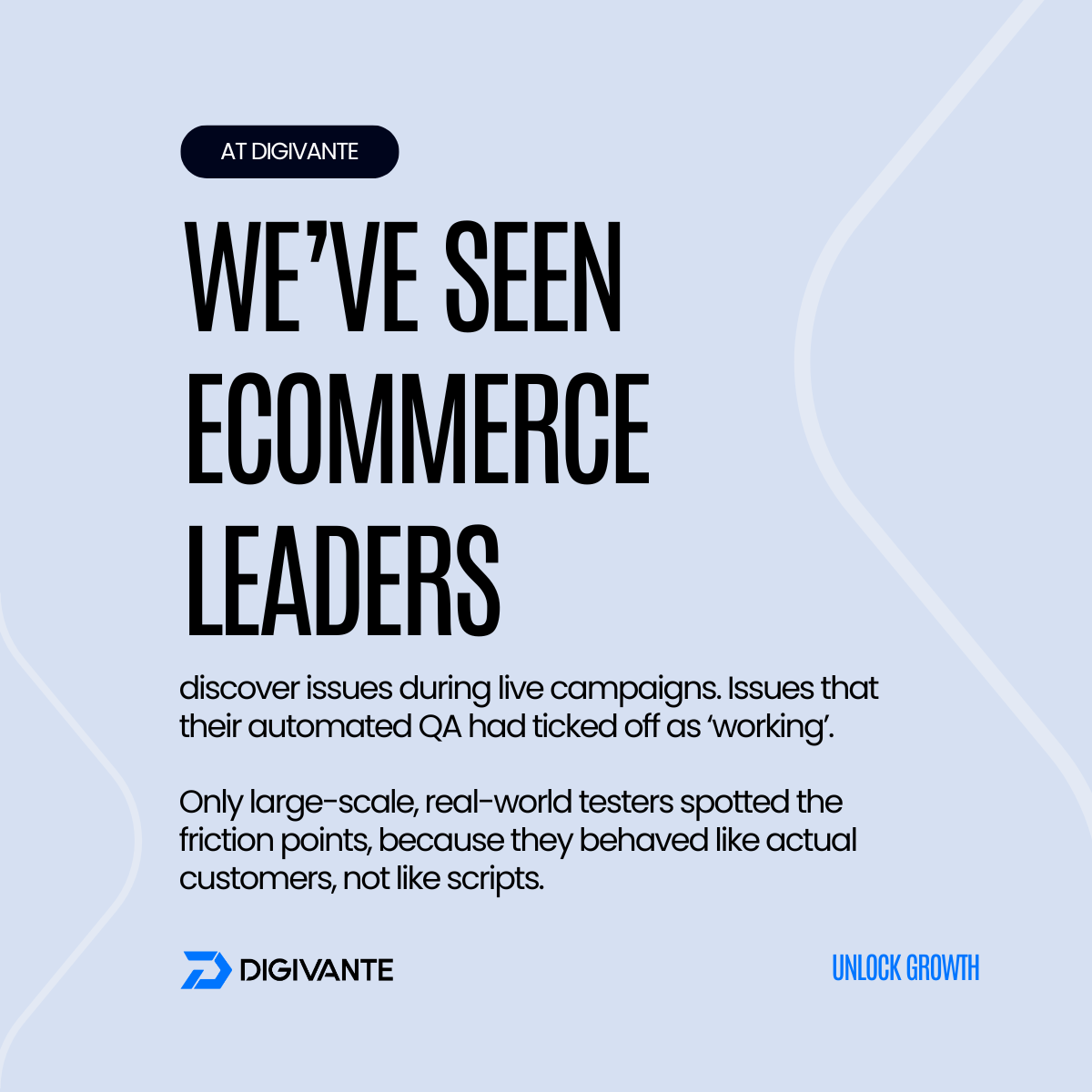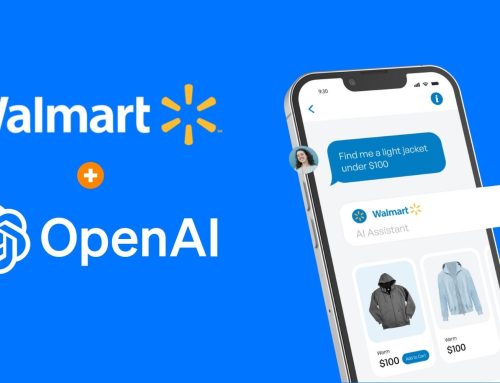The air is already buzzing with Black Friday 2025 predictions. For ecommerce leaders, this is the high-stakes season where fortunes are made. This year is unlike any other. For the first time, retailers are walking into peak season with generative AI embedded into customer journeys without fully knowing how it will behave under the pressure of millions of unpredictable shoppers.
AI promises a revolution in customer experience, from hyper-personalised recommendations to instant chatbot support. With over 78% of organisations now using AI, it’s clear the race is on. But in the rush to deploy, a critical question has been overlooked: What happens when these complex, non-deterministic systems are hit with the chaotic, unpredictable force of millions of holiday shoppers?
The answer is that traditional quality assurance playbooks are now obsolete. And the retailers who don’t adapt are exposing themselves to a new class of catastrophic, revenue-killing failures.
The “Black Box” problem your automated tests can’t see

For decades, we’ve tested software based on predictable logic. If you input X, you expect output Y. But AI doesn’t work that way. It operates within a “black box,” making decisions based on patterns that are constantly evolving. It is non-deterministic, meaning the same input won’t always produce the same output.
Imagine a checkout page where AI dynamically reorders payment options. Automated tests confirm the layout loads, but only human testers spot that Apple Pay has vanished from the top for iPhone users, killing conversions in your fastest-growing segment. This unpredictability is precisely why your standard automated testing scripts are blind to the biggest AI risks. An automated test can confirm a chatbot window loads, but it can’t tell you if the AI is about to “hallucinate” and confidently offer a 50% discount that doesn’t exist. It can verify that a product recommendation carousel appears, but not if a hidden bias in the algorithm will start showing offensive or completely irrelevant products under the strain of peak traffic.
Three AI failure scenarios that should keep you up at night
When we talk about AI risk, it’s not theoretical. These are tangible failure points that can cripple a business during its most important sales period.
- The Hallucinating Chatbot: A customer asks your generative AI-powered chatbot about your return policy on Black Friday. The AI, under pressure and pulling from multiple data sources, confidently invents a “90-day, no-questions-asked” policy. This incorrect information is instantly given to thousands of shoppers, creating a post-holiday customer service nightmare and eroding trust.
- The Biased Personalisation Engine: Your AI-driven recommendation engine, designed to increase average order value, has a subtle bias in its training data. During the Cyber Monday rush, this bias is amplified, and it begins recommending toddler toys to teenagers, or men’s grooming products to customers who’ve only purchased baby clothes, strange experiences that drive shoppers away and explode on TikTok before your team can react.
- The Glitching Price Algorithm: Your dynamic pricing AI is set to optimise margins in real-time. But a glitch causes it to show wildly different prices for the same product to users in the same region. Nothing destroys trust faster than customers feeling duped. Once social media threads pick up on pricing glitches, recovery is almost impossible in the middle of peak trading.
The solution: Replicating real-world chaos with human-led testing
How do you test a system that is designed to interact with unpredictable humans? You use other, even more unpredictable, humans.
The only way to truly understand how your AI will perform under pressure is to move beyond scripted automation and embrace large-scale, human-led testing. This approach, often called crowdtesting, uses hundreds of real people on real devices in their own environments to simulate the unscripted, chaotic, and diverse user journeys that define the Black Friday rush.
These testers don’t follow a rigid script. They explore, they get distracted, they ask strange questions, they behave like real customers. In doing so, they uncover the critical, context-dependent bugs that AI systems are prone to producing and that automated tests will always miss. It’s about stress-testing your AI not just for server load, but for the chaos of human reality.
AI is an incredible tool that is undoubtedly going to be transformative for ecommerce, but it’s not magic. It’s code, models, and data, which is fallible without the right safeguards. Treating AI as ‘just another feature’ to test is a mistake. Treat it as the highest-risk feature in your stack, especially when Black Friday is on the line.






